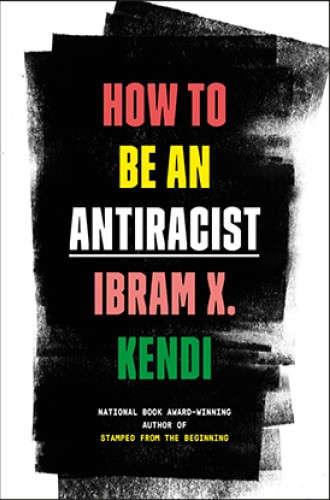What racism is—and how to organize against it
People already engaged in conversations about racial justice may find Ibram Kendi's analysis surprising.
When Ibram X. Kendi tells his family story, he begins with two college students drawn to liberation theology who would later become his parents—and pastors in the African Methodist Episcopal Church. He became a National Book Award–winning author.
Kendi won that award in 2016 for his book Stamped from the Beginning, which analyzes US history through various responses to race and racism. He juxtaposes antiracism against two alternate perspectives, both of which are rooted in racism: one that considers some racial groups inferior to others (the segregationist stance) and one that believes an entire group of people needs cultural or behavioral improvement (the assimilationist).
In How to Be an Antiracist, Kendi applies that same framework to his own life, writing about the events and perspectives that shaped him personally, even while his broader focus is on policies and political movements from the 1980s through today.





